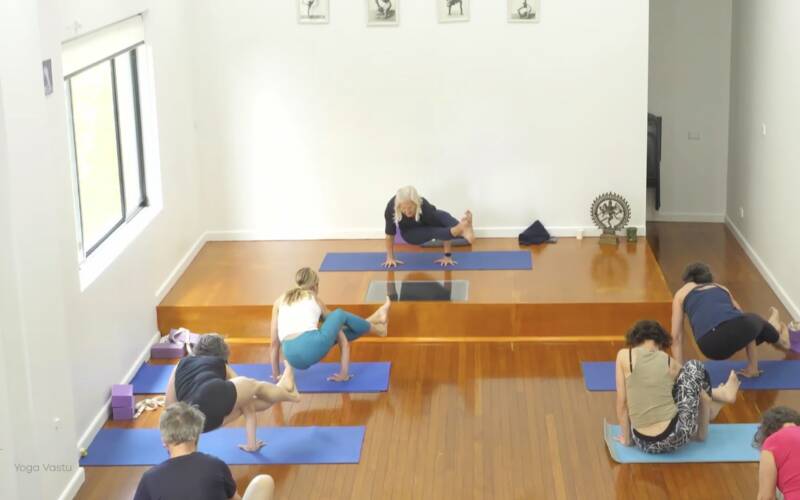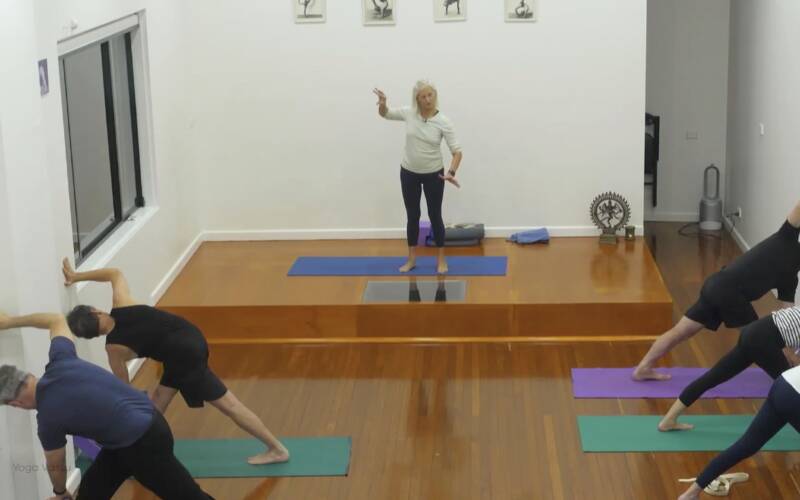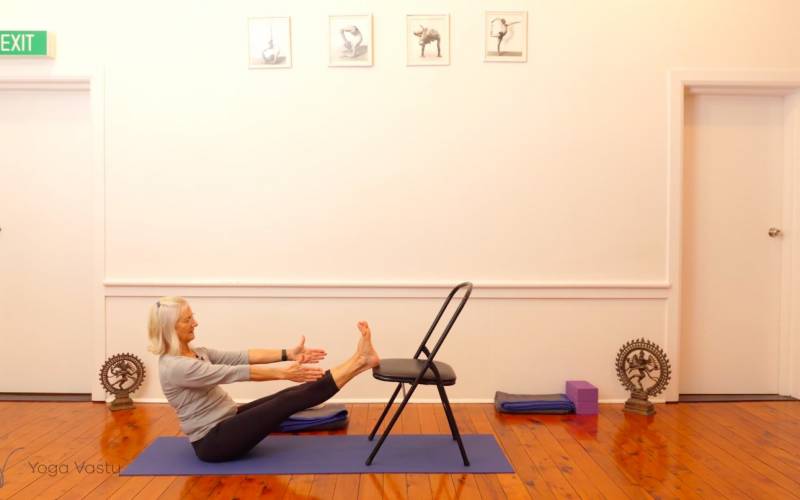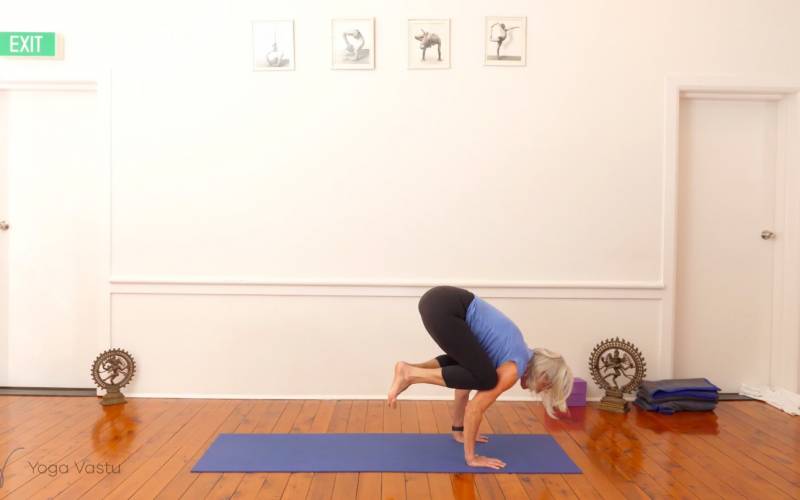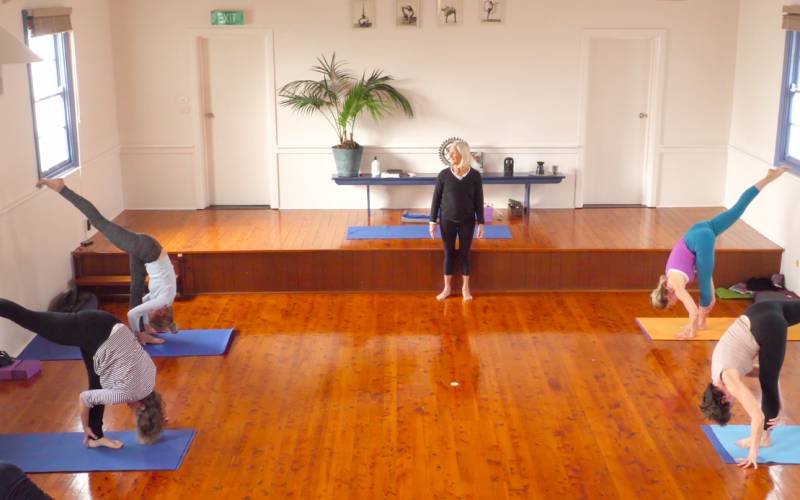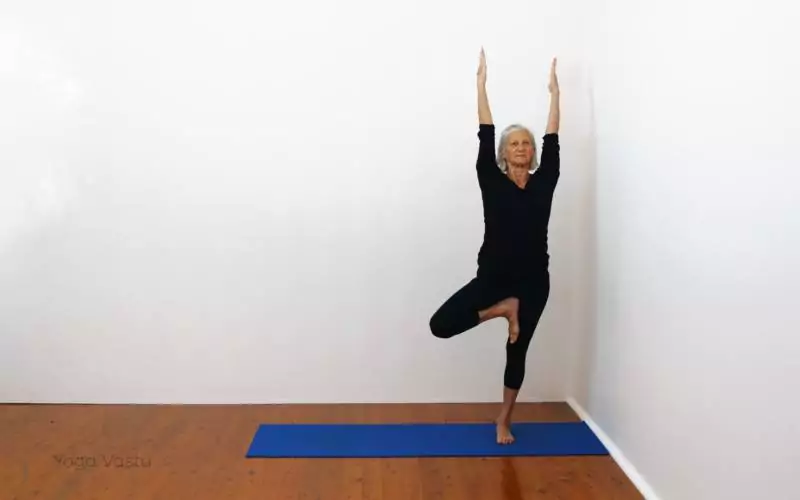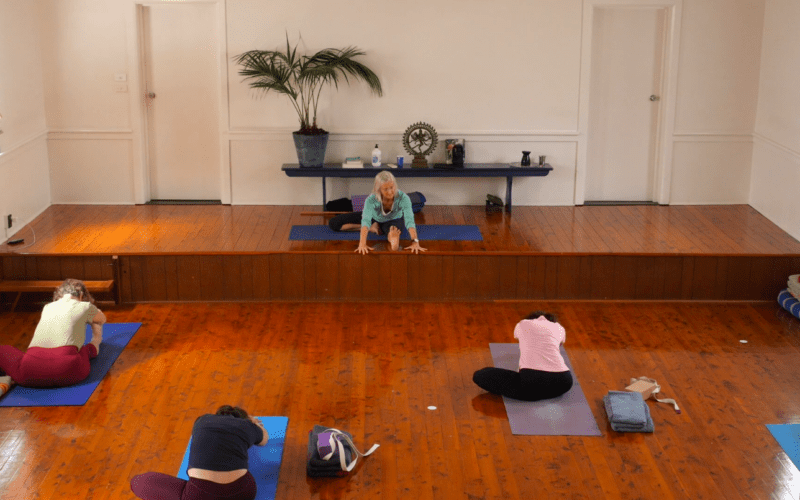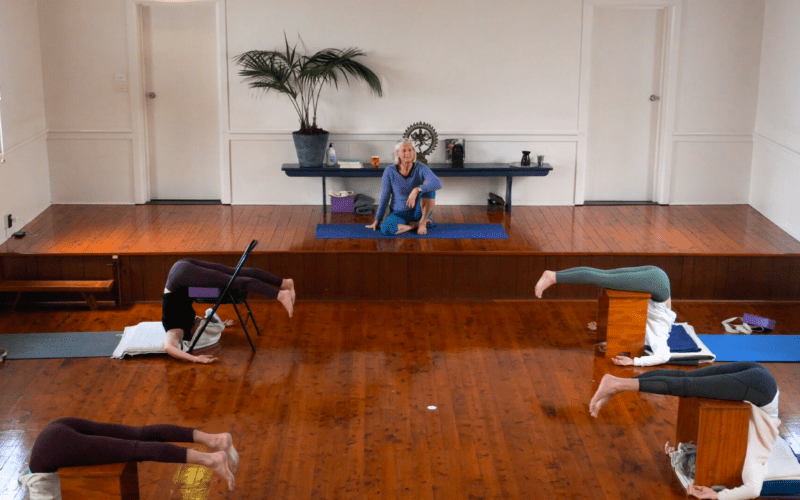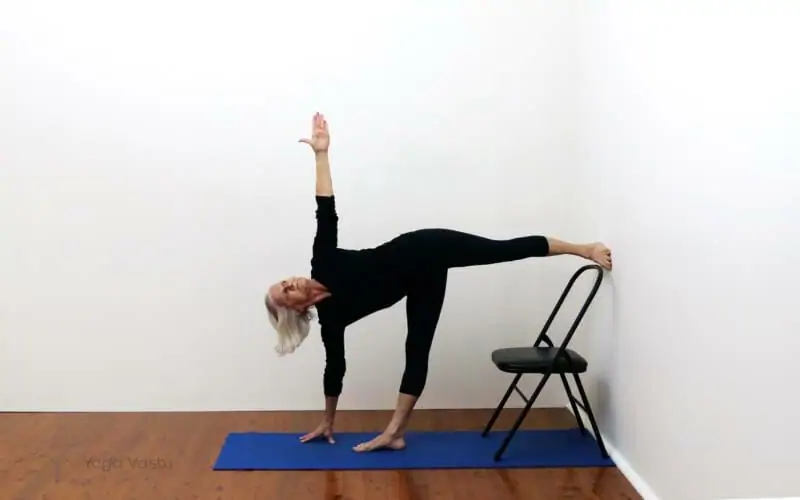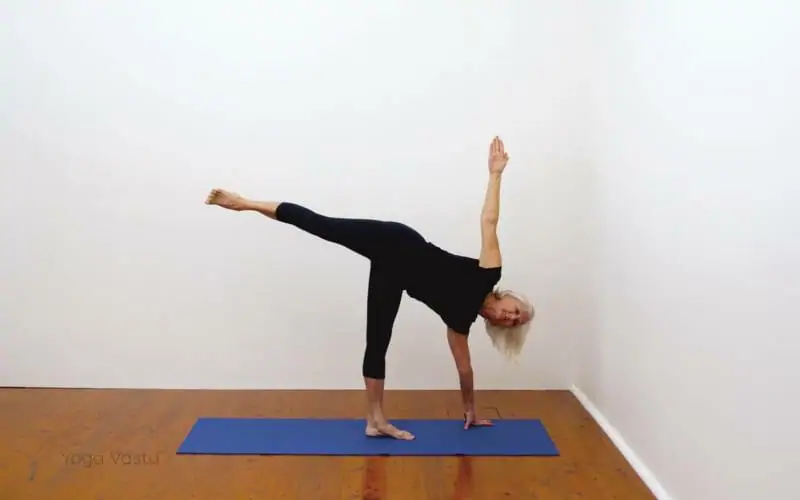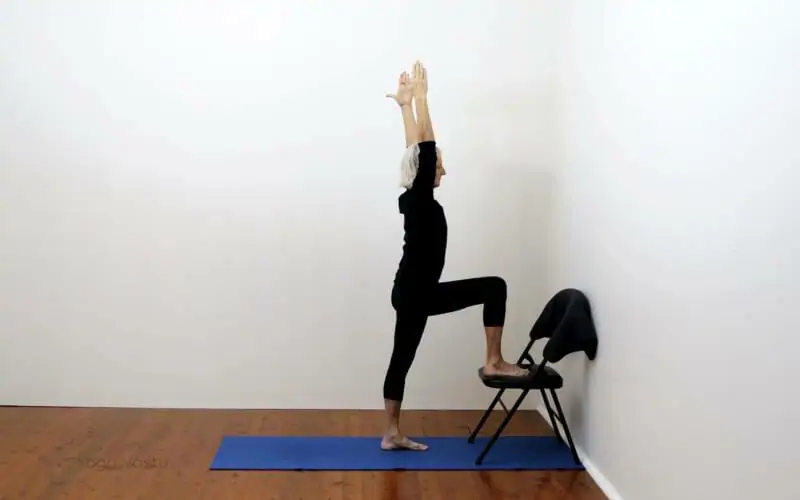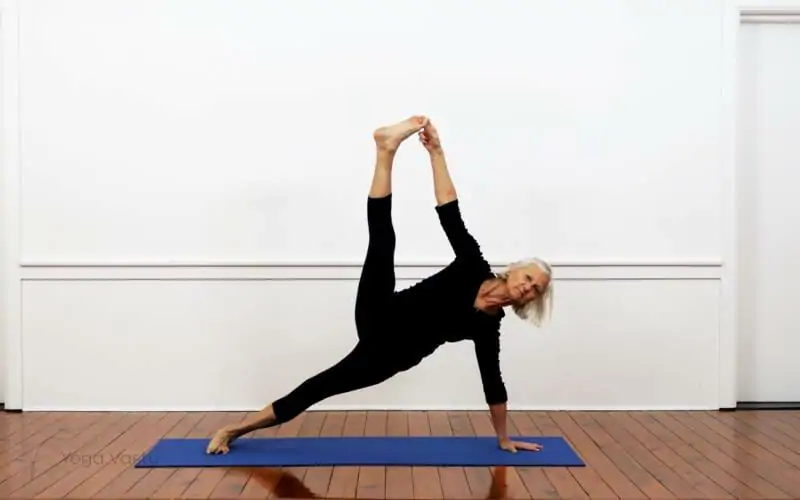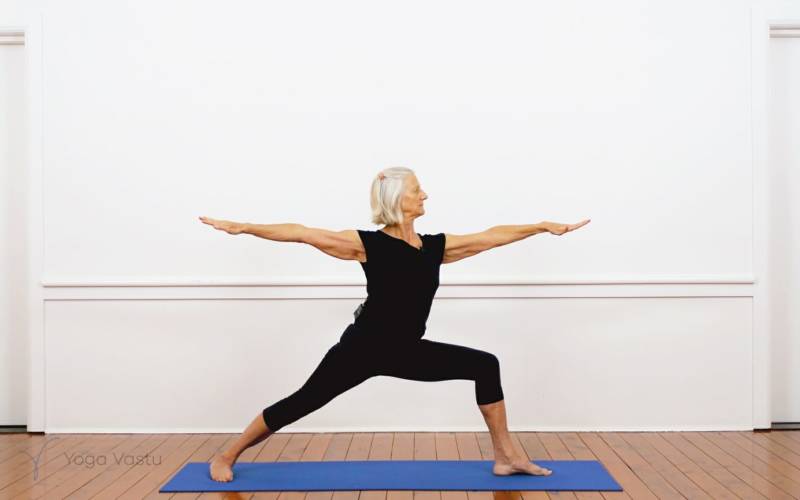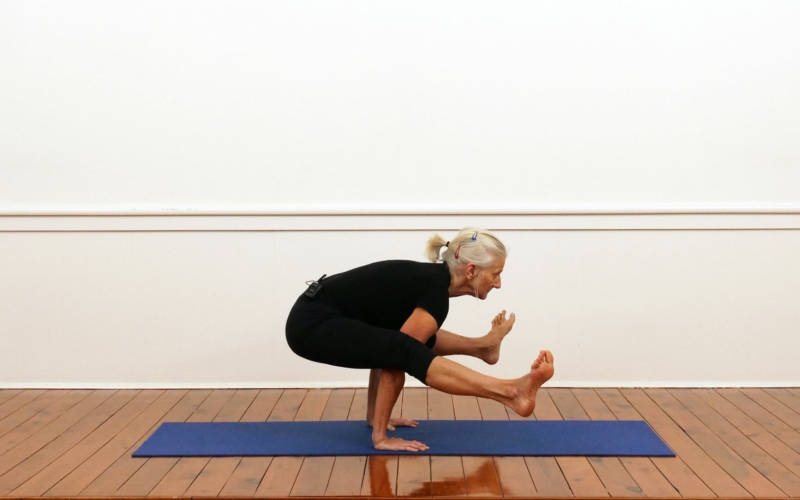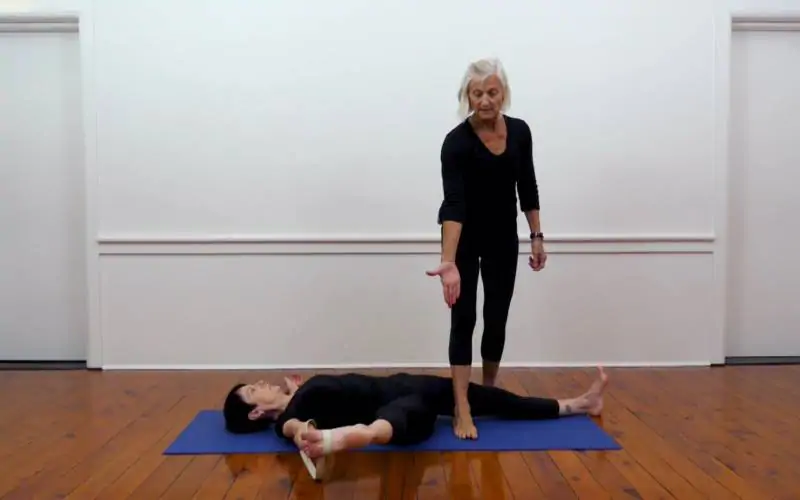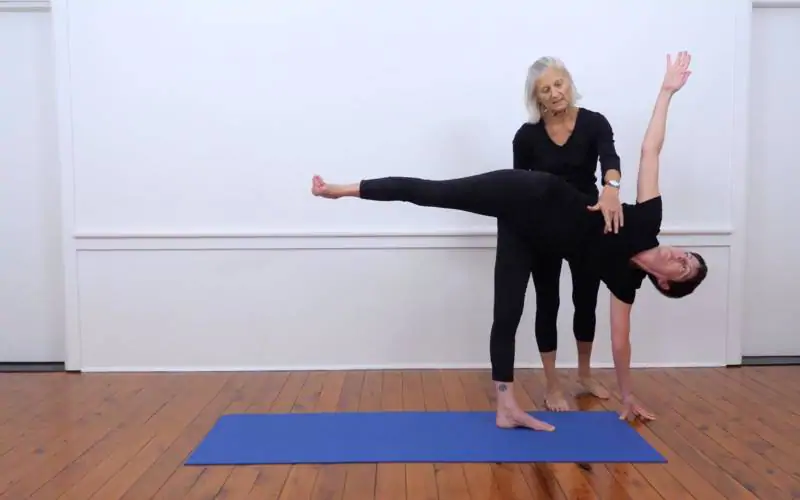Found 17 results, page 1 of 1
What are balancing asanas?
There are different types of balancing asanas: arm balances, standing balances, and miscellaneous balances. Each type builds strength and grounding in different parts of the body.
Standing balances include Vrksasana (Tree Pose), Garudasana (Eagle Pose), Ardha Chandrasana (Half Moon Pose), Utthita Hasta Padangusthasana (Extended Hand-to-Big-Toe Pose). Standing balances help improve your overall stability and correct posture.
Arm balances include Adho Mukha Vrksasana (Handstand), Lolasana (Pendant Pose), Asta Vakrasana (Eight-Angle Pose), Tittibasana (Firefly Pose). They strengthen your arms and increase shoulder mobility.
Miscellaneous balances are asanas that combine different focus areas. Vasisthasana (Side Plank) is a lateral balance. It activates the legs, core and arms simultaneously. Salamba Sarvangasana (Shoulderstand) is an inverted shoulder balance. It focuses on the shoulders, core and legs.
What are the benefits of balancing asanas?
Feeling stressed? Experiencing excess tension? Try holding a balancing pose for as long as possible. Balancing asanas require high concentration. They help you draw attention away from your problems and be present in the moment.
Short term effects include: stress relief, increase in energy levels, clarity of thought, improved focus and concentration.
Long term effects include: resilience to stress, better approach to dealing with difficult situations, better understanding of oneself.
Your body gets stronger and more grounded. Your mind begins to quieten. Inverted balancing asanas like Salamba Sirsasana (Headstand) also stimulate blood circulation. This has a restorative effect on your body. Balancing asanas fortify the relationship between body and soul. They help you regain control over your emotions.
How to improve balance
You can improve your balance by strengthening your core. Good core training exercises include: Plank Pose, Navasana (Boat Pose), and lowering into Chaturanga Dandasana (Four-Limbed Staff Pose).
To balance, it is important to improve your foundations. Standing poses, shoulder-opening and back-strengthening exercises are very helpful.
Beginners can start by balancing against walls. Also, use a chair or other prop for support. This will help build confidence and lay the foundations for free balance in the future.
